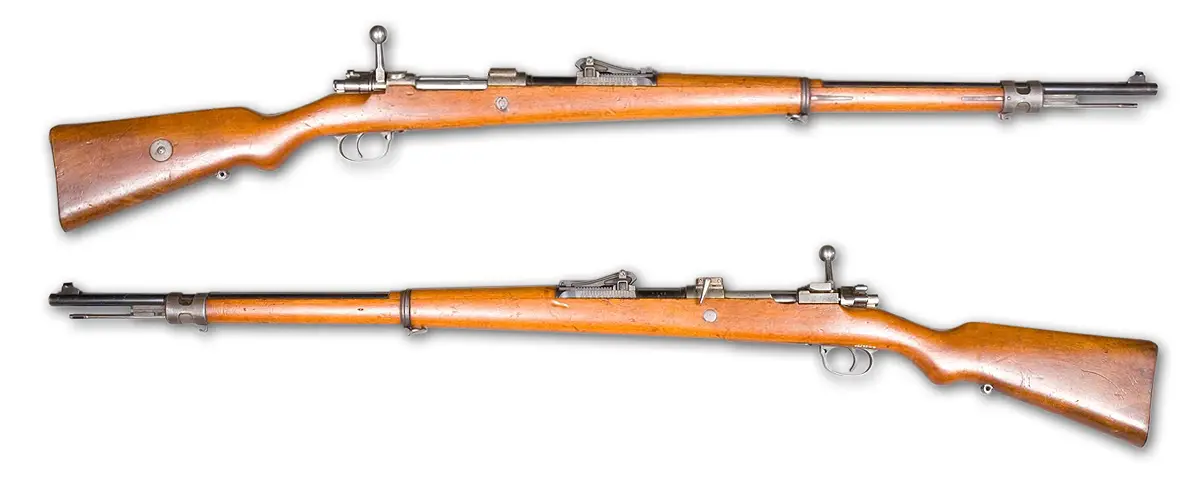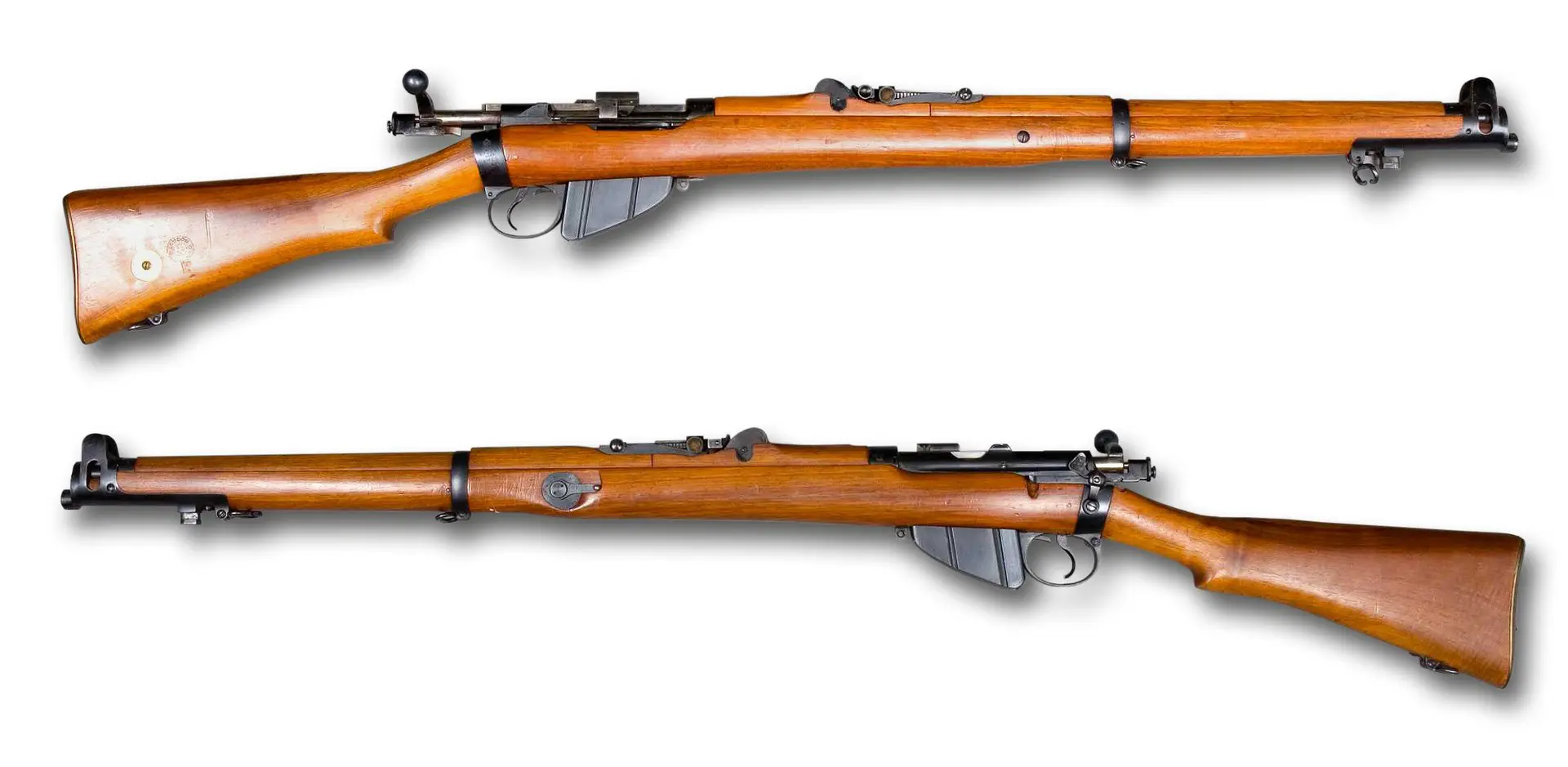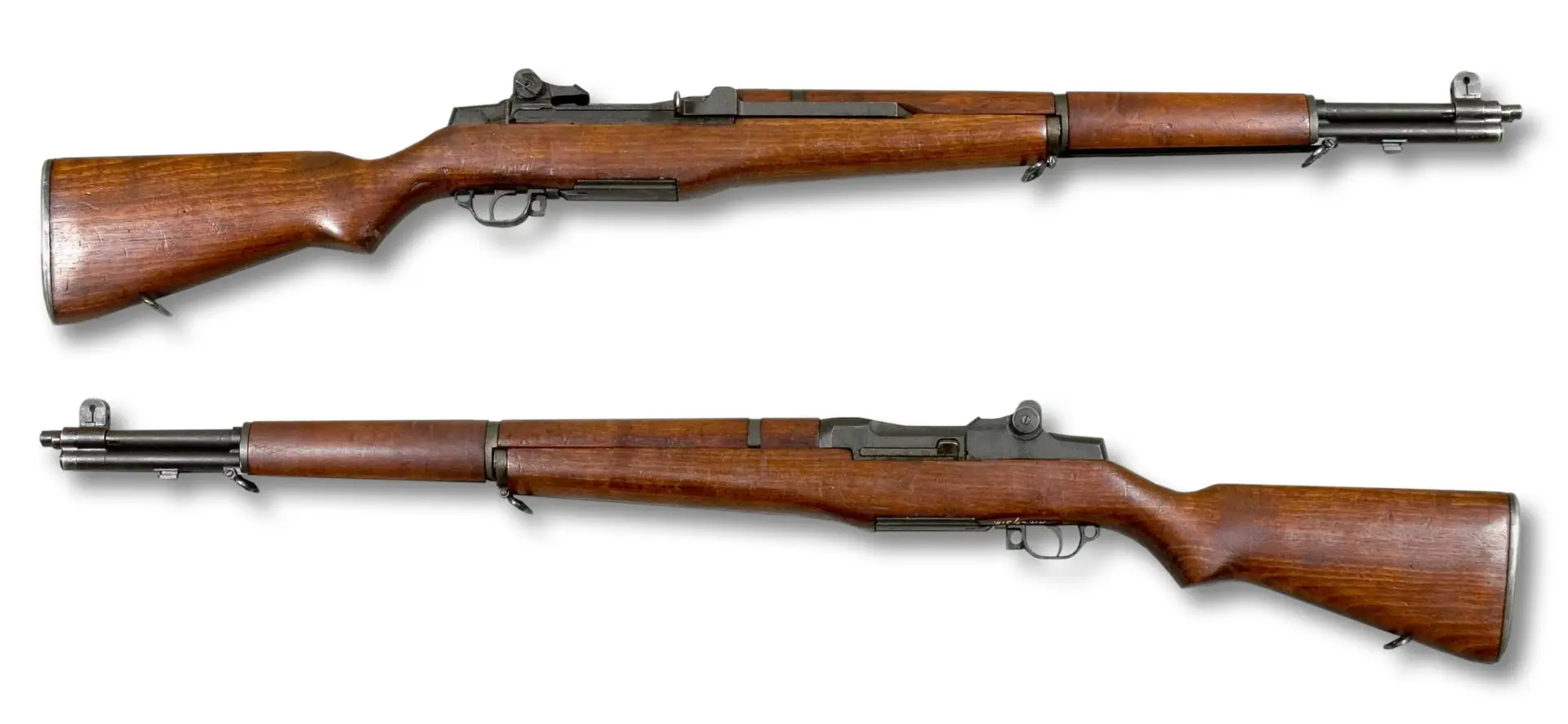The bolt-action rifle is a firearm design that has played a significant role in the history of firearms development. Here is a brief history of bolt-action rifles:
 Early Development of the Bolt-Action Rifle (19th Century):
Early Development of the Bolt-Action Rifle (19th Century):
The concept of a manually operated bolt-action firearm dates back to the early 19th Century. One of the earliest examples is the Dreyse needle gun, developed by Johann Nicolaus von Dreyse in the 1830s. It used a paper cartridge with an integrated primer, and the bolt had a needle firing pin. In the mid-1800s, the Mauser brothers, Paul and Wilhelm, developed the Mauser Model 1871, which became the first bolt-action rifle adopted by Germany. It used a rotating bolt design that allowed for a stronger lockup. The Mauser Model 1871, also known as the Mauser M71, was a significant milestone in firearms development and the first bolt-action rifle adopted by many of the most powerful military powers.
 Mauser Model 1871:
Mauser Model 1871:
Development and Adoption of Mauser:
The Mauser Model 1871 was designed by Paul Mauser, one of the Mauser brothers, along with his brother Wilhelm. Paul Mauser’s innovations in firearm design would later lead to the creation of some of the world’s most iconic rifles. The rifle was developed in the late 1860s and early 1870s and based on the earlier Dreyse needle gun’s bolt-action mechanism. In 1871, the German Empire adopted the Mauser Model 1871 as its standard-issue infantry rifle, replacing the Dreyse needle gun, marking the first official adoption of a bolt-action rifle.
Design and Features:
The Mauser M71 featured a bolt-action mechanism allowing the shooter to cycle the bolt to load and chamber a cartridge manually. This action was smoother and more reliable than earlier needle guns. The M71 is chambered in a potent 11mm Mauser cartridge (11x60mmR), a black powder cartridge. The rifle had an external hammer, a one-piece wooden stock, and a barrel band that held the stock in place. It has a tubular magazine that holds single-shot cartridges. Later versions featured an improved magazine design.
Legacy:
The Mauser Model 1871 represented a significant leap forward in infantry firearm technology. Its bolt-action design, coupled with the adoption of metallic cartridges, significantly improved the rate of fire and accuracy of infantry rifles. The successful adoption of the Mauser M71 laid the groundwork for subsequent Mauser bolt-action rifle designs, including the famous Mauser Model 1898 (Gewehr 98), one of the most influential rifles of the late 19th and early 20th centuries. The Mauser Model 1871 marked the beginning of Mauser’s legacy as a pioneering firearms manufacturer, and it played a crucial role in shaping the development of military rifles and bolt-action firearm technology in the late 19th Century.
 Military Adoption and Evolution of the Bolt-Action Rifle (Late 19th Century – Early 20th Century):
Military Adoption and Evolution of the Bolt-Action Rifle (Late 19th Century – Early 20th Century):
The success of the Mauser 1871 led to further developments in bolt-action rifles. The Mauser Model 1898, known as the Gewehr 98, became one of the most iconic and influential bolt-action rifles of the late 19th and early 20th centuries. It featured a powerful cartridge (8x57mm) and a five-round internal magazine. Many other countries developed bolt-action rifles during this period, including the British Lee-Enfield, the Russian Mosin-Nagant, and the American Springfield M1903—the characteristics of reliability, accuracy, and ability to cycle the bolt to fire subsequent rounds quickly.
 World War I and Interwar Period (Early 20th Century):
World War I and Interwar Period (Early 20th Century):
Bolt-action rifles were the standard infantry rifles during World War I. Combatants adopted them, including the British with the Lee-Enfield, the Germans with the Gewehr 98, and the Russians with the Mosin-Nagant. After WWI, many nations continued to use bolt-action rifles as their primary infantry arms. The bolt-action rifle was a reliable and cost-effective choice.
 World War II and Beyond (Mid-20th Century):
World War II and Beyond (Mid-20th Century):
World War II saw the continued use of bolt-action rifles, but semi-automatic and automatic firearms began to replace them as standard-issue infantry weapons. The semi-automatic M1 Garand in the United States and the automatic rifles like the STG-44 in Germany were notable examples. However, bolt-action rifles remained in service throughout WWII and the post-war period, particularly as sniper rifles and designated marksman rifles.
 Post-WWII and Modern Era:
Post-WWII and Modern Era:
The bolt-action rifle never wholly disappeared from military service, but its role evolved. It became specialized for long-range precision shooting, hunting, and target shooting. Bolt-action rifles like the Remington 700 and the Winchester Model 70 gained popularity among civilian shooters and hunters. The advent of modern manufacturing techniques, high-quality optics, and improved ballistics has made bolt-action rifles even more accurate and reliable for precision shooting applications.
 Today, bolt-action rifles continue to be a popular choice for sharpshooters, hunters, and sports shooters who value their inherent accuracy, robustness, and ease of maintenance. While they may no longer be the standard issue infantry rifle, their legacy in the history of firearms remains significant, and they continue to have a prominent place in the world of firearms.
Today, bolt-action rifles continue to be a popular choice for sharpshooters, hunters, and sports shooters who value their inherent accuracy, robustness, and ease of maintenance. While they may no longer be the standard issue infantry rifle, their legacy in the history of firearms remains significant, and they continue to have a prominent place in the world of firearms.




